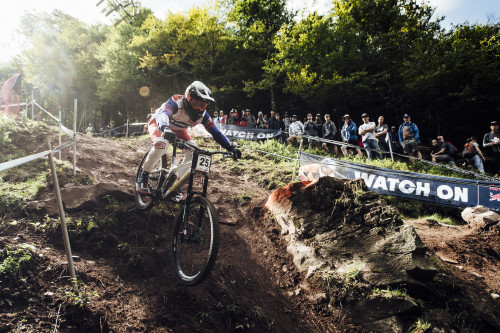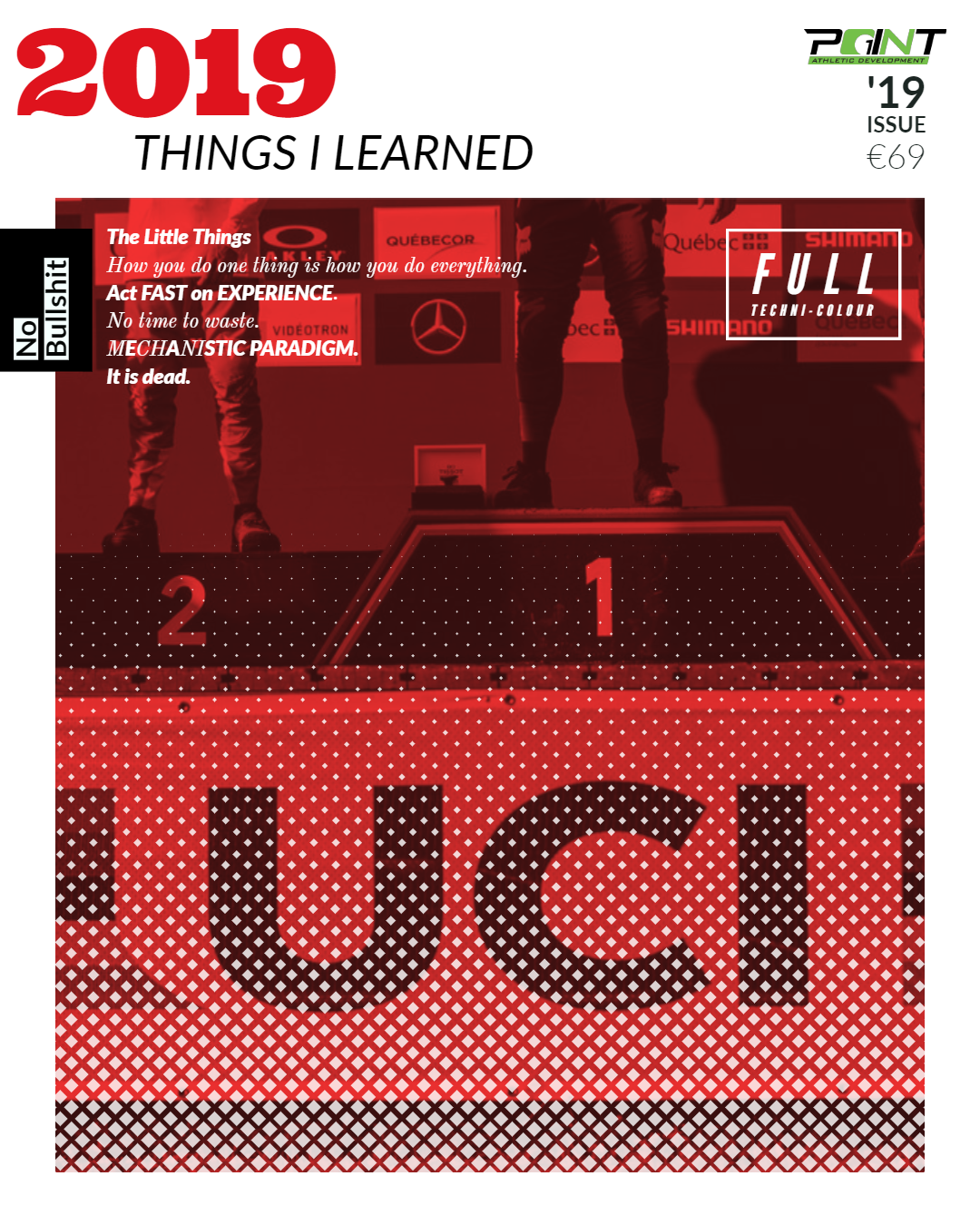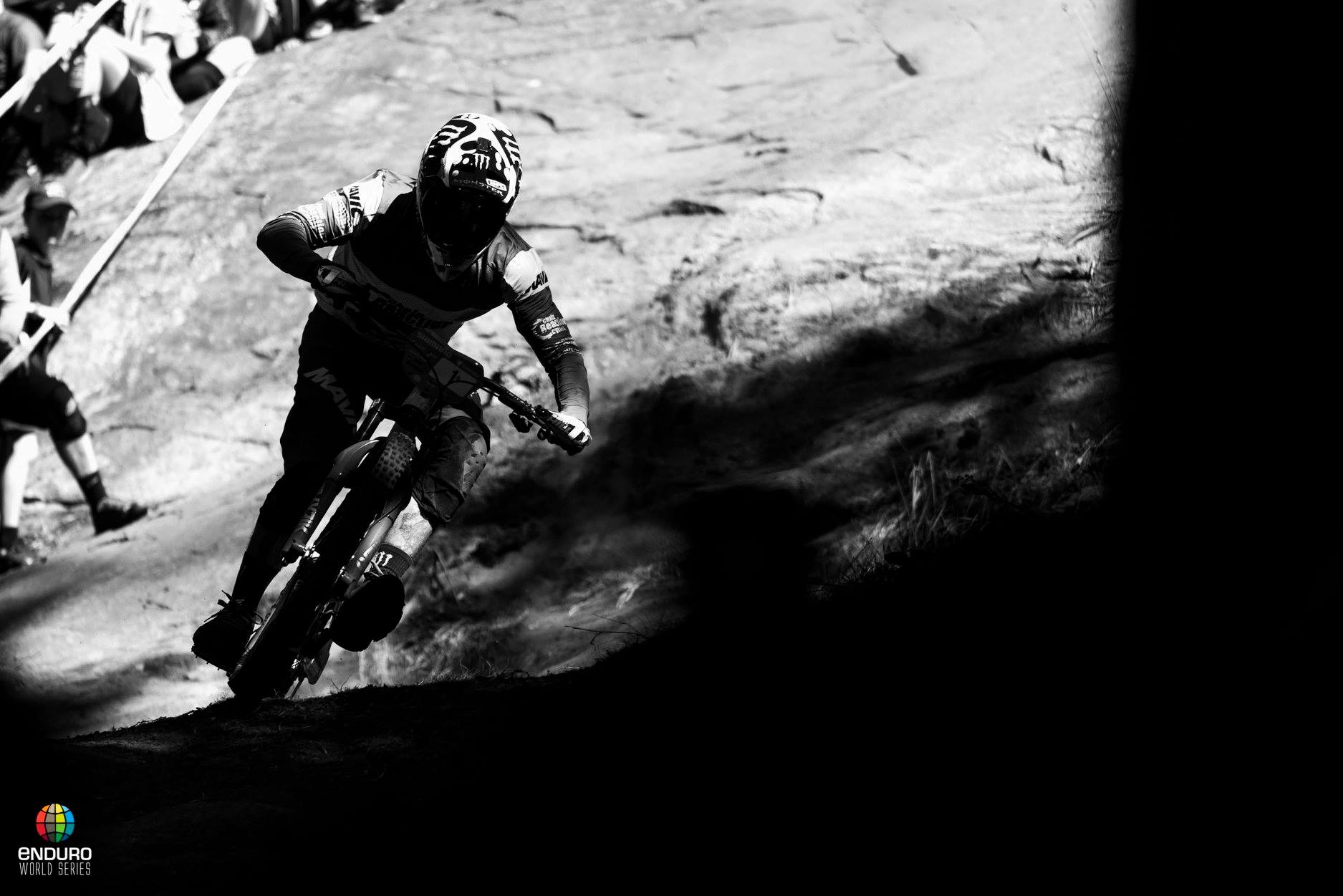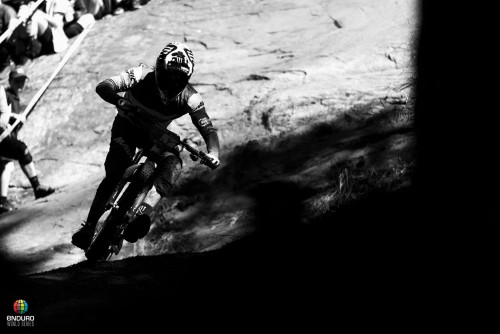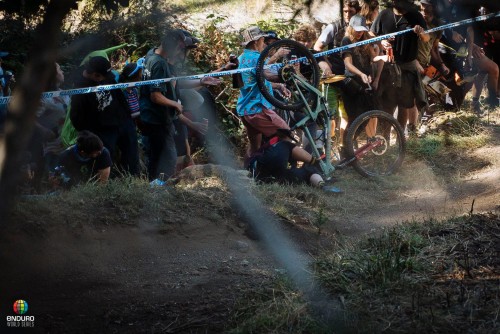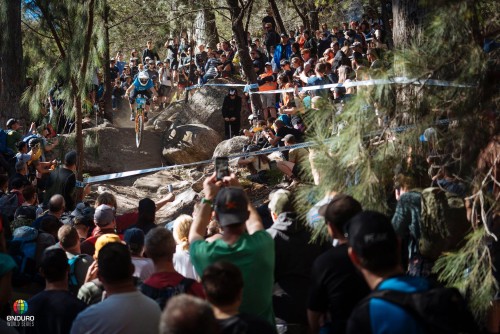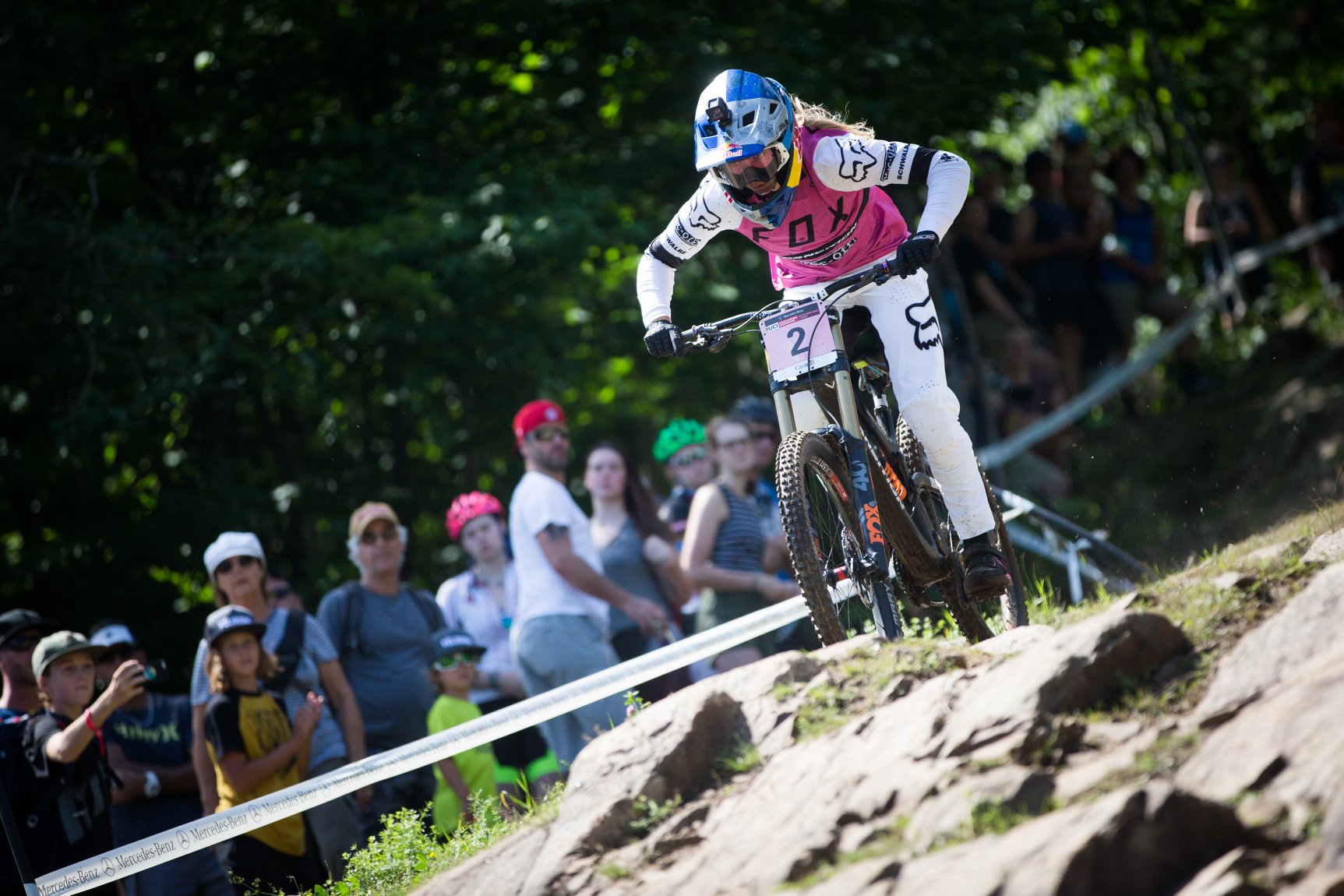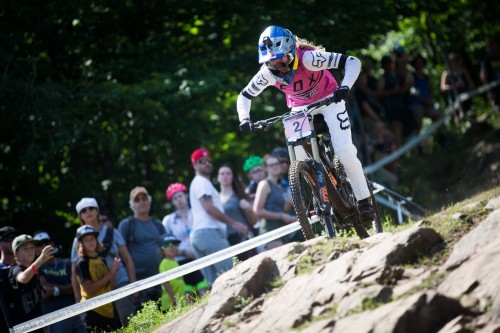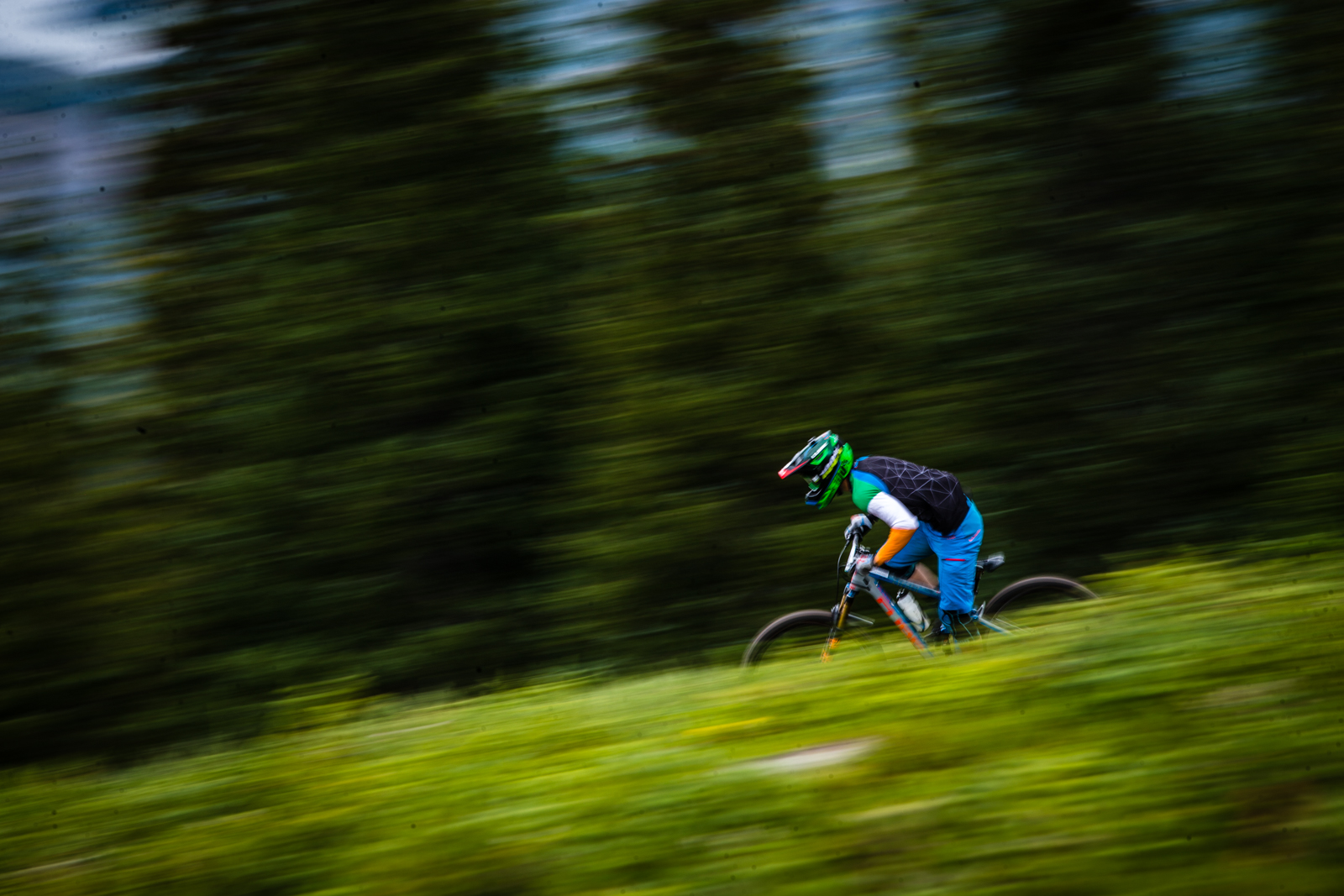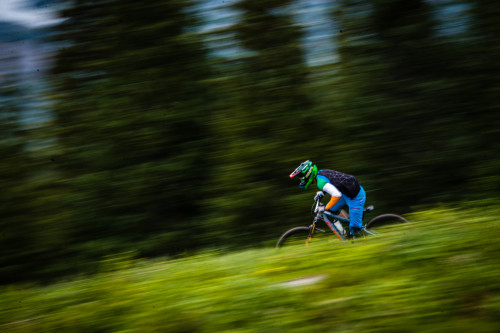2019 thought some big lessons. Here are ten things I learned.
Experience is only valuable as a lesson learned if its thoroughly reflected upon. Things I learned is an attempt at concise and brutal reflection on the bigger lessons learned in 2019; hoping to apply these experience in 2020. Aiming for better processes, better actions, better outcomes and above all else even more love for what I do.
In no particular order. Except number one, that’s first on the list because it is telling so much when observing the behaviors of others.
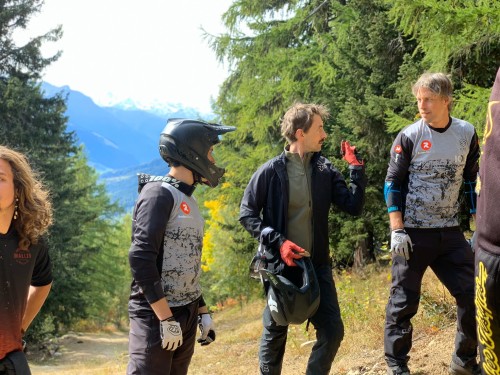
1. The Little Things – there is nothing only the little things, how you do one thing is how you do everything and how you do the small things is ALWAYS HOW you do the big things. Call it attention to detail, call it neurosis, call it whatever you want; but if you care enough to fold your kit just so, match your goggles to your gloves, clean your spoon and your cup. Care enough to clear up after others just so the space you share is organised, care enough to bring your compression tights or pack extra goggles for race runs (tear-offs and roll-offs). The details matter, micro dictates macro and how you do the little things is how you do the big things. always.
2. Act Fast – act fast on experience, specifically. Too often in 2019 I waited to act. Waited to see the outcome of the next step, next choice or an athletes next move. When in reality I had a very good grasp on what the outcomes would be because I had seen those exact patterns before. Patterns often belie the inner workings of any system, especially a human system and while perfect prediction is next to impossible, an effective guess with just enough room to move is often a possibility. In 2020 I will act a lot faster on experience.
3. The Mind is the Key to Performance – Say no more. The mind matters and matters the most.
4. The Mechanistic Paradigm is Useless – as a methodological filter it has seeped into every facet of physical training and preparation and as a result performance. Riders, athletes and the public believe in the predictive powers of “science” so much that they think models of training based off of lactate threshold or V02 max trump all else. As a result the body is viewed as a machine. Where an input gives a known output. Always. This of course couldn’t be any further from the truth. As a human, the complexity of what goes on inside out bodies, how that interacts with the complexity of others in our environment and the environment itself is still so far beyond our powers of investigation never mind “models” of training that the only paradigm you need is the human paradigm. Predict at your peril, instead by ready to amplify or dampen the response to any decision or input. This comes from experience and not much else.
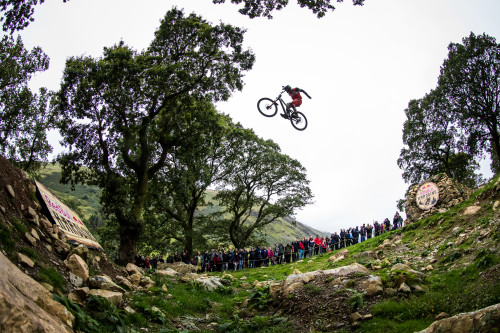
5. The Ecological Validity of Testing – knowing the limits of your investigatory powers is key. Test results from a stationary bike and a real bicycle may yield different results over the same time/distance/output. Always ask two questions is it specific and is it relevant? Then is it repeatable? From there figure out what your question to be answered is before getting your data. IF you do it the other way then you’ll probably just make the data suit your biases. There is much to be done in 2020 on the testing subject. Someone once said “if it gets measured it gets managed” but there ain’t no point in managing something that just does not matter.
6. Talk – it’s the best way to build relationships and achieve goals. Face to face if possible. The energy, honesty and intimacy of two humans sharing facial expressions, emotions and body language will always trump a text or an e-mail.
7. Authenticity – no matter what just always be you. The athletes who are always true to them selves are most often the most successful. Those who try to be what they think others need/want them to be often fail.
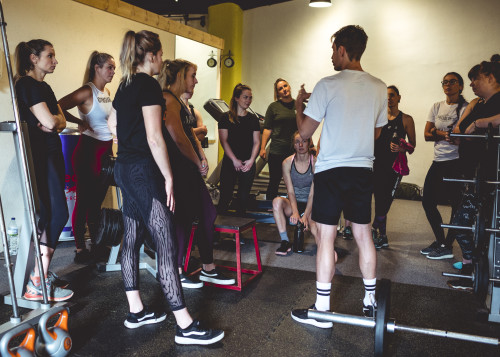
8. Hic et Nunc – Here and Now – be present, drop the phone, drop the attitude, drop the image. If you want to make the most of a situation or circumstance be focused, be present and be in the hear and now. 2019 thought me this in spades.
9. Process – every year, every month, every day, every minute. It rears it’s beautiful face! 2019 was no different. You’ll only truly enjoy the destination if you enjoyed every minute of the journey. More HERE
10. Athlete First – this is a guiding principle above all else. It forms a core of the Point1 philosophy. From physical prep to building a career to answering questions with the big picture and long-term success in mind being authentic for me really does mean ATHLETE FIRST! Just because two athletes compete in the same sport doesn’t mean they need the same training. Just because it looks good for me, the coach, doesn’t mean it’s the decision I am gonna make.
